PDF chapter test TRY NOW
What is a joint?
Have you ever wondered how we can bend and rotate our body parts? It is because of the joints present in our body.
The place where two or more bones are joined together is known as a joint.
Bones are rigid structures that cannot be bent or rotated. But still, we can do so with the help of joints. Hence, joints play a prominent role in the movement and locomotion of animals such as humans.
These joints are of different types and are broadly categorised based on the kind of movement they allow. They are the fixed, slightly movable and freely movable joints.
Immovable joints:
The joints that do not permit any movement are known as fixed or immovable joints. The joint between the upper jaw and the remaining portion of the head is fixed. The joints found between the bones of the skull is an example of this joint.
Slightly movable joints
These are the joints that allow only very little (partial) movement between the two bones.
Example:
The joint between a rib and the breast bone, the joint between the vertebrae are some of the examples.
Freely movable joints
It is a joint with a varying degree of movements possible between the two bones that form the joint. These joints are of six major types as follows:
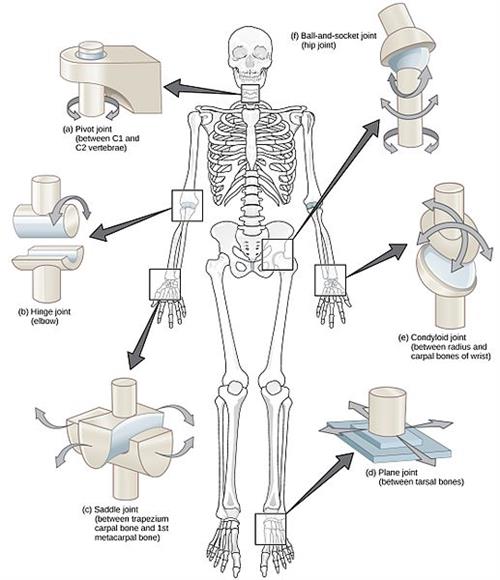
Freely movable joints
1. Ball and socket joint:
In this joint, a ball-like surface of the bone fits into the cup-like hollow space of the other. It is a joint that allows movement in all the directions. With these joints, movements can occur in three planes. Hence it is a joint that allows the greatest range of movement.
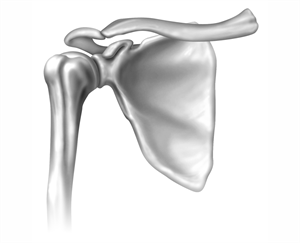
The shoulder bone and hip joint
2. Hinge joint:
It is a joint in which the cylindrical protrusion of one bone articulates with a trough-shaped depression of an adjacent bone. In these joints, the movements are restricted to one plane. Hence it allows bending and straightening only.
Example:
This joint is found in the elbow, ankle, and knee.
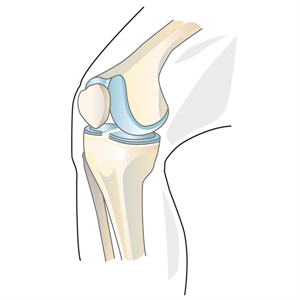
Knee joint
3. Pivot joint:
In this joint, a round or pointed structure of one bone articulates with a ring-shaped structure of the adjacent bone (Radius Ulna). In the regions where this type of joint is present, the movement is restricted to one plane. These joints allow rotation about its longitudinal axis only.
This joint connects the neck with the head, where the spine region begins (Atlas/Axis joint at the top).
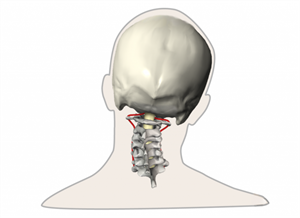
Pivot joint
4. Condyloid joint:
It is a joint similar to the ball and socket joint as in this joint, an ovoid articular surface or condyle is received into an elliptical cavity. But the bones forming of this joint have much flatter articulating surfaces forming a much shallower joint.
This joint allows movement to occur in two planes and hence, is the joint that allows the second greatest range of movement.
It is found in the wrist.

Condyloid joint
5.Gliding joint:
In this joint the articulating surfaces are almost flat and are of similar size. This joint allows movement in three planes: up and down, left and right, and diagonally.
It is found between the bony processes of the vertebrae of the spine.
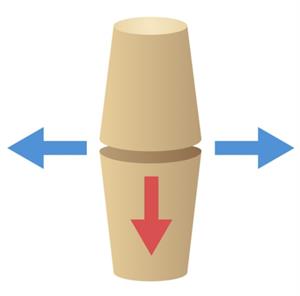
Gliding joint
In this joint one part is concave, i.e., it turns at one end and looks like a saddle. The other end is convex (turned outward) and appears like a rider in a saddle.
In this joint, movements such as flexion-extension and abduction-adduction are observed.
This joint is seen in the thumb, shoulder, and inner ear.
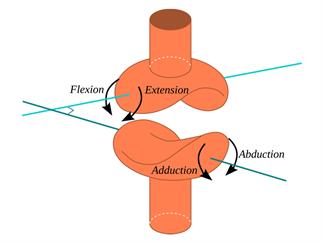
Saddle joint
Reference:
https://commons.wikimedia.org/wiki/File:Figure_38_03_04.jpg
https://commons.wikimedia.org/wiki/File:Figure_38_03_08.jpg
